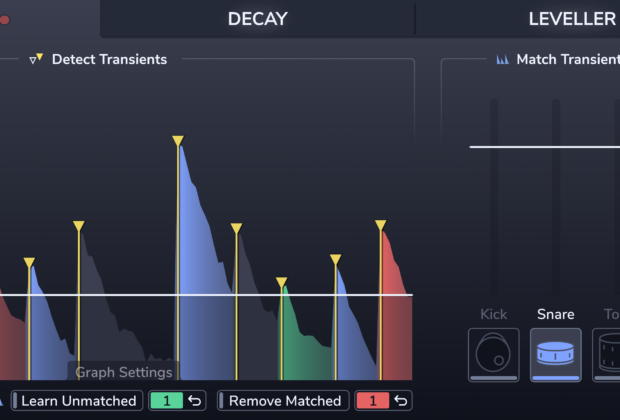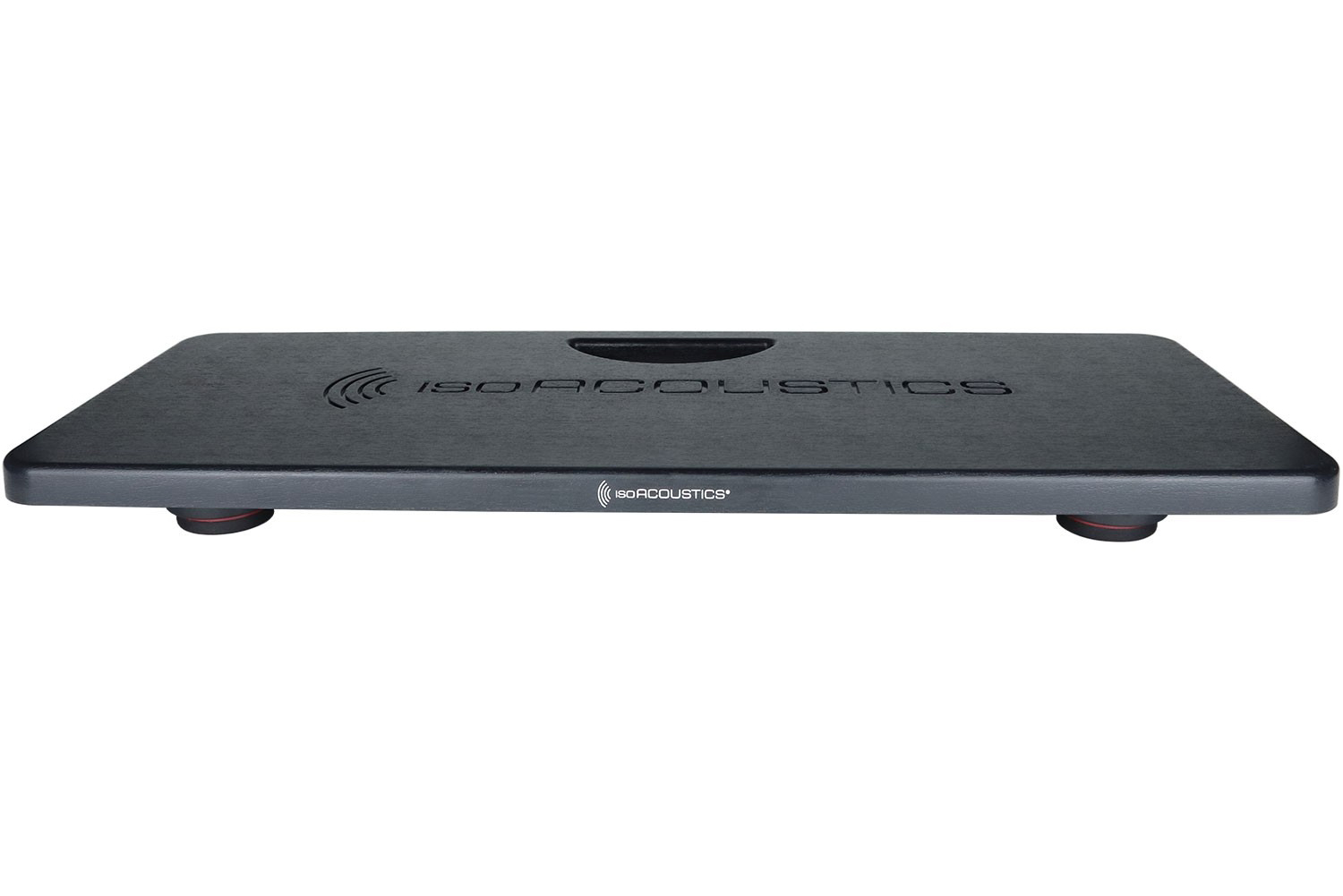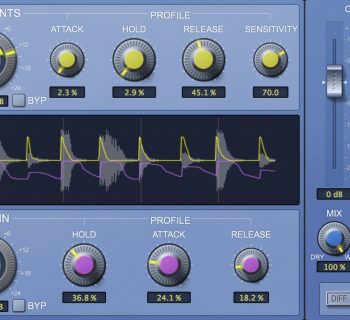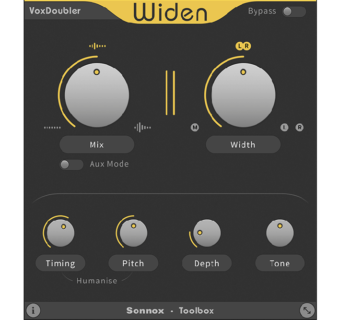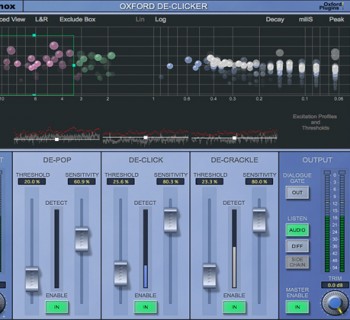The Oxford Drum Gate is an algorithm-driven gate plug-in that can distinguish between the transients of a kick, a snare or a tom-tom. Anyone who has tried to use a noise gate on dynamic audio is well acquainted with sputtering and chattering, missed detection, and lost ‘ghost’ notes because the gate is shut when you’d like it to be open.
Drum Gate’s interface has three sub pages or tabs to program detection, decay timing and leveling. The Detection tab has a real-time graphical view of the incoming signals parading left-to-right with detected transients.
Setting up Drum Gate is complete after you use Learn Unmatched for specific transients that don’t matched the expected drum you have selected--such as a side snare drum hit that doesn’t sound like the main snare drum.
The Decay timing section is for adaptively setting the release time period in which the gate closes down. Furthermore, you may “tune” the Resonant Decay period using an adjustable band pass filter to change how the frequencies of the drum are affected during the decay period.
The Leveller can fix the level of all drum hits transparently—it is not a compressor but a way to program separately the level of both the soft and hard hits.
On a poorly recorded kick drum track I had trouble with the compressor bringing up top kit spill as well as other instruments in this live tracking recording session when I compressed it. I inserted Drum Gate before the compressor and used a 30-Hz to 140-Hz spectral pass band filter. Open Threshold was -28dB, Sensitivity at 78% and the side-chain filter at a fairly high 118Hz for a kick drum gate. I used the Kick drum algorithm in Match Transients and I was basically done. I could get every ghost and lightly played bass drum to fire through the gate without fail!
Drum Gate is an awesome new Sonnox tool that saves me time and tedium doing the non-creative parts of mixing music. The Oxford Drum Gate sells for $217 MSRP.

